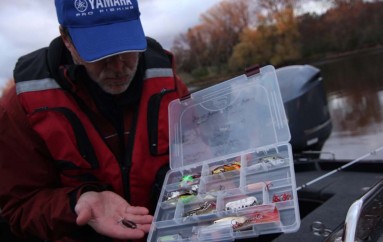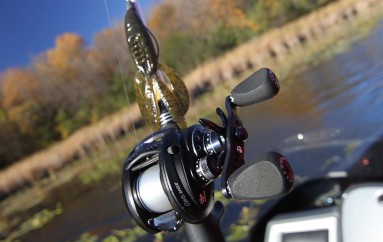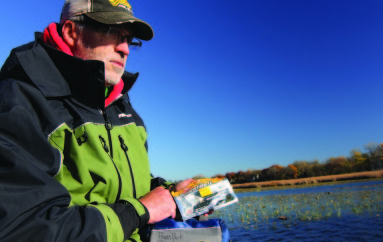
More on Fall Rate and its Importance
Originally Published on Oct 3, 2011 “From the Docks” NBC Sports
Here’s an easy question, but be careful how you answer: What’s the difference between an 1/8-ounce bullet weight and a ¼-ounce model?
If you said “a limit of bass,” go to the top of the class!
It may seem absurd that a small weight change can have a big impact on fishing success, but there are times when weight changes, even small weight changes, make a big difference, and to understand why you need how weight impacts a bait’s fall rate.
In most cases, how fast or slow a bait falls doesn’t matter. Case in point—a Carolina-rigged lizard. But there are several cases when using the “right” amount of weight is key.
For example, baits like the Berkley Chigger Craw which feature appendages that flap or move, you need to use enough weight to activate the bait’s built-in action. In other cases, too much weight can over-power a bait. Baits like the Heavy Weight Worm work best when they fall slowly, allowing their tantalizing wiggle time to tempt even pressured bass. And you can tweak not only the bait’s action, but also its rate of fall, by increasing the amount of weight you use…to a point. Go too heavy and the bait will sink to fast to tempt most fish.
Last year, while taping a new segment of North American Fisherman with Hal Schramm we learned after a couple hours of trial and error that the bait we were using (green pumpkin Chigger Craw rigged as a jig trailer) was not the issue in getting bite, but the fact that the one-ounce jig we were using we twice as heavy as what the fish wanted the day. By downsizing to ½ ounce jigs our success skyrocketed. It was truly an eye-opener for me.
Steve




